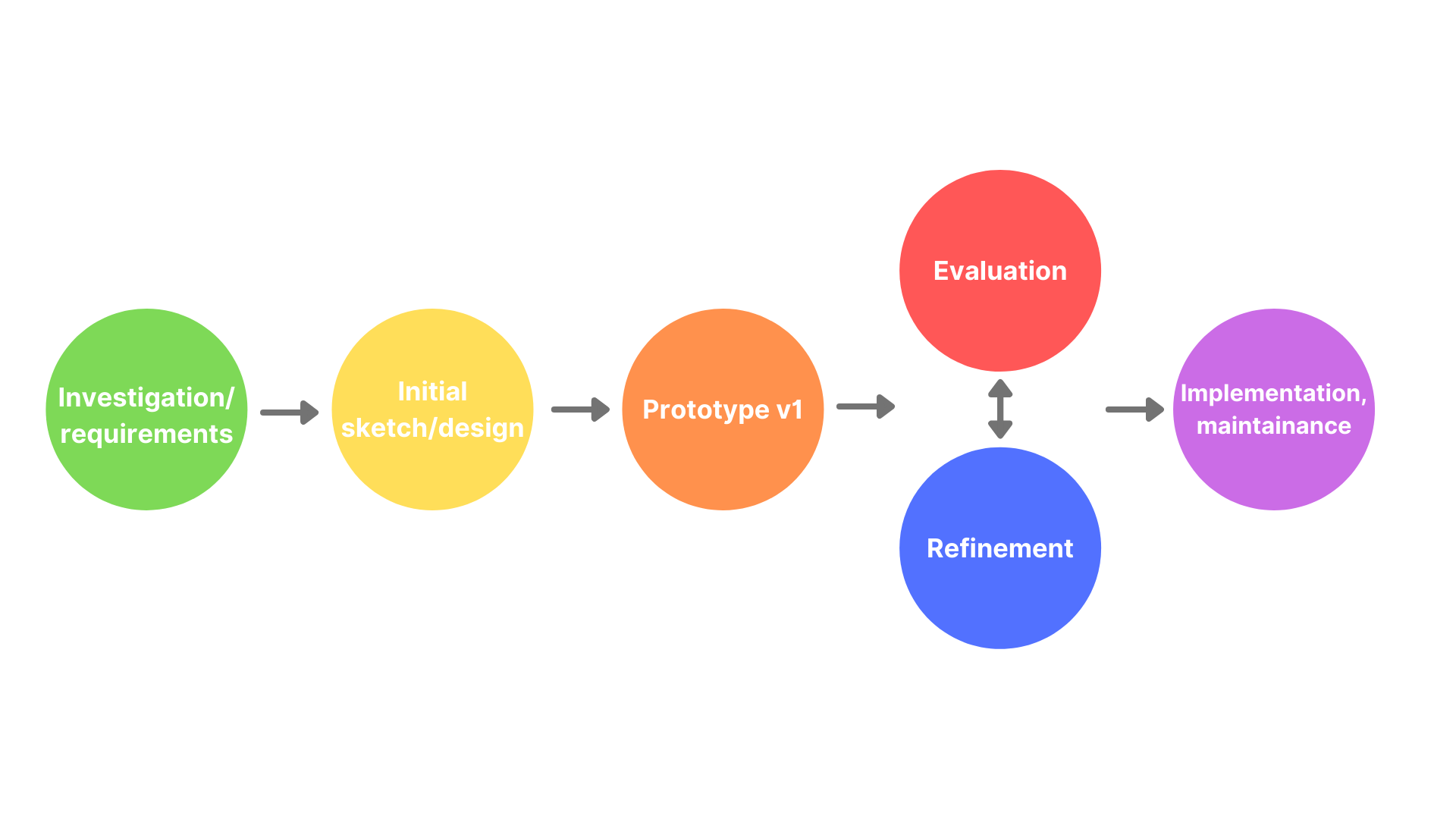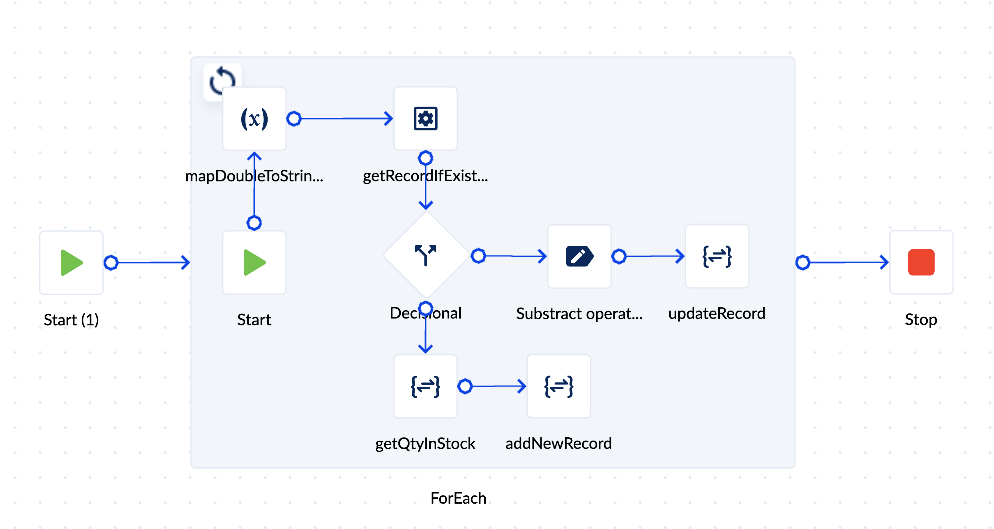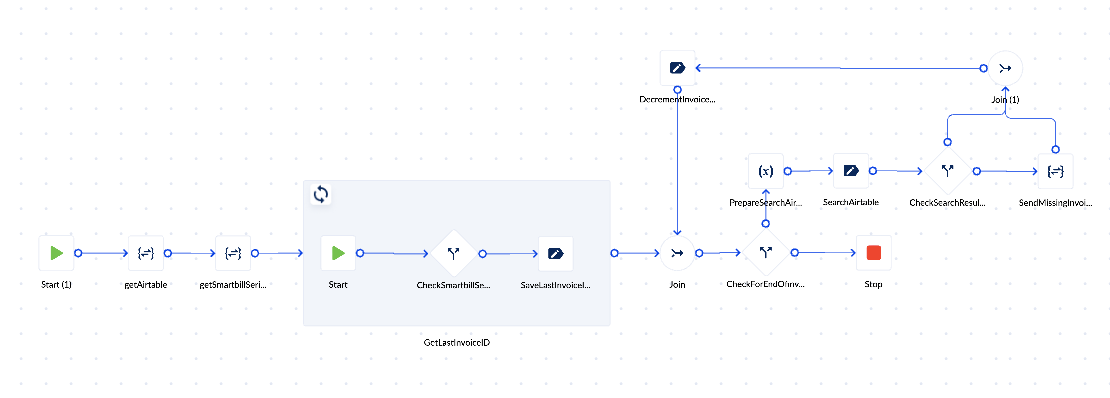When building a software application, you probably need to go through multiple iterations before you find the right version that best suits your requirements.
This process, known as prototyping, is all about creating draft designs which you can use to test and validate assumptions. Prototypes help to accelerate the validation of new features, flows, or value propositions.
Graphical prototyping tools can be useful to build simpler mock-ups of your idea, but don't offer a way to show what happens beneath the surface for more complex applications, and serious projects most often require the help of UI/UX specialists.
At the same time, coding your prototype from scratch in a traditional programming language is a time-intensive, inflexible process.
Thankfully, you can now prototype faster by leveraging the power of no/low-code tools. By dragging lego-like blocks on a canvas and defining parameters, developers as well as less-technical people can now create high-fidelity drafts much easier than before.

Advantages of prototyping with no/low-code
The main advantages of building a prototype with no/low-code can be summarised as following:
- It's fast: you can quickly drag actions on a canvas, set up configurations, and make changes
- It's cheap: compared to a traditional development workforce, no/low-code has a lower cost
- It's visual and intuitive: no/low-code is also known as visual development because compared to writing code, you are visually arranging and configuring elements on a canvas
- It offers visual testing and debugging: instead of searching through server logs for errors, you can spot errors visually on the canvas or on a diagram
e-Commerce stock sync and app prototype
To give an example, let's assume you want to build an e-commerce app. You want to have a backend for order confirmations, cancellations or returns, for communication with clients, a way to sync inventory between storefronts, warehouses and CRMs, and on top of this a nice user interface.
In the quick draft I've built in PROCESIO in the screenshot below, I have configured a few actions to sync inventory stocks between an e-commerce platform and a marketplace each time a client makes a purchase. I've created this process using elements such as Call API actions to connect and exchange data between the platforms, and Add/Subtract actions for checking and updating records.

In a similar way, you can further configure actions for the order management and client communication flow, and build or connect a user interface to have a complete and working e-commerce app prototype.
Internal tools: order-to-cash automation
Another scenario is when prototyping internal tools. For instance, if you want to build a piece of software that optimises and streamlines an order-to-cash workflow, you may need to automate processes by integrating information from various apps.
The steps involved could include creating and updating a client account in a billing platform each time a sales rep marks a won opportunity in a CRM, forwarding an invoice to the client through a mailing service, and afterwards updating the CRM with the invoice ID or other details.
In the example shown below, I am triggering a process each time a new invoice is generated. I am extracting and forwarding specific information fields from invoices (invoice ID, amount, date, company details etc) as well as the invoice document itself (word, spreadsheet, or PDF) to a custom database in Airtable, and then I am forwarding this information to an FTP and to the client for confirmation.

I built this prototype by configuring Call API actions to connect and exchange data between the CRM, the billing app, and the emailing service, decisional business rules, and by defining a data model and process variables.
Final version and going live
Once you decide on the final version of your design, you can either code it in a traditional programming language, or continue using the no/low-code platform provided it offers the versatility and scalability your app requires.
If you choose to continue developing your product on a no/low-code platform, this can also have its advantageous on the long term for the same reasons above. Whatever change you will need to make, a capable no/low-code platform should be able to provide you with a flexible sandbox to maintain and adapt your application as your business changes, while avoiding technical debt costs.
No/low-code platforms such as PROCESIO can help you build high-fidelity prototypes and develop software apps in a secure and scalable environment.
Would you like to learn more about how you can create draft designs, integrations and automation up to 5x faster than by writing code? Open a free account or book a demo with us and start building today!
